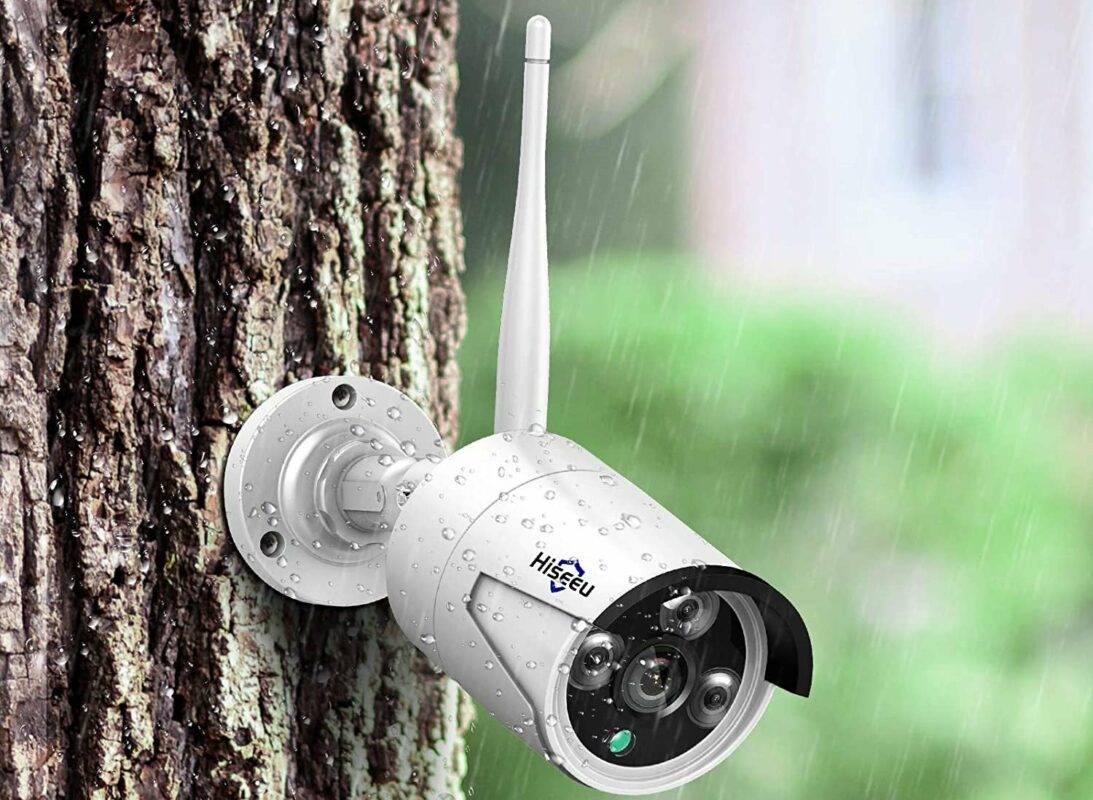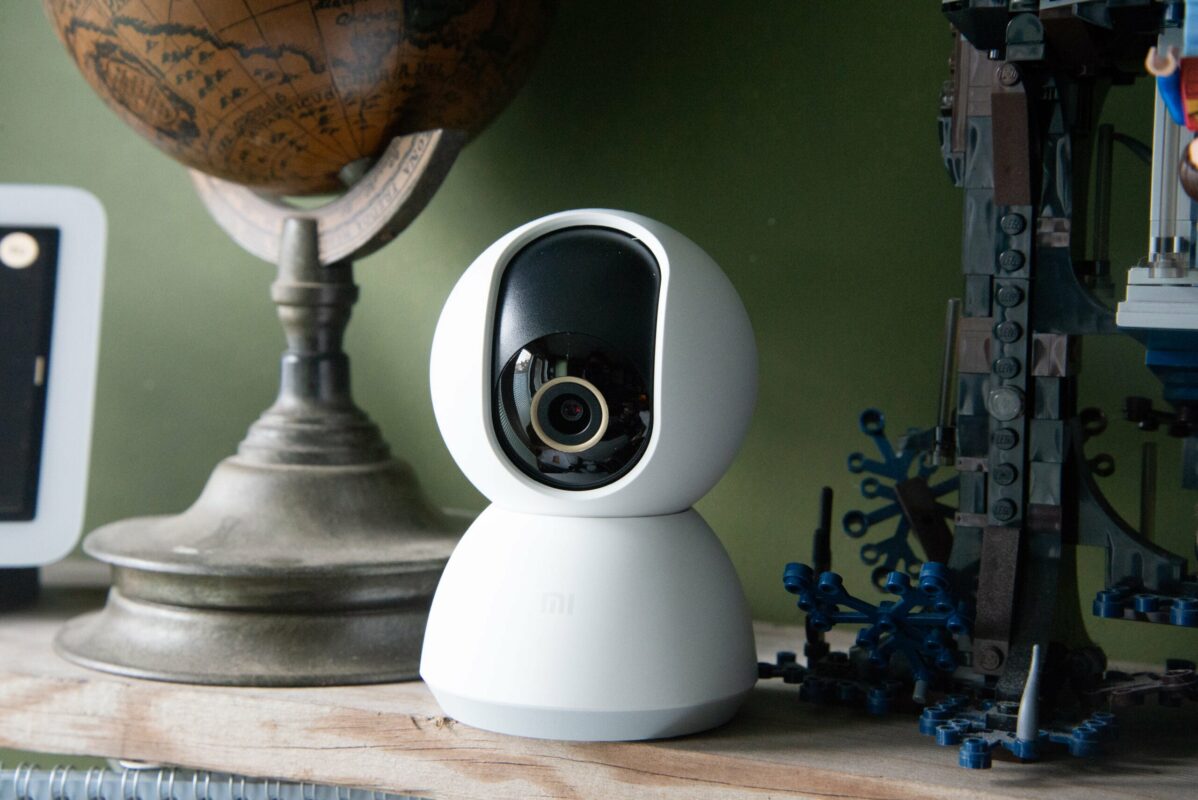WIRELESS SURVEILLANCE CAMERA OR WIRED CAMERA: WHAT ARE THE DIFFERENCES?
TWO SURVEILLANCE CAMERAS FOR THE SAME COMMUNICATION PROTOCOL
Wireless or wired surveillance cameras have one thing in common: the use of the IP protocol (Internet Protocol) for the communication of video data and data allowing movement control. Indeed, both types of cameras can be controlled remotely. They therefore fit perfectly into intelligent IP video surveillance systems. These systems operate through the local computer network.
WIRELESS OR WIRED PROTECTION
The essential difference between wired cameras and wireless cameras is the use or not of cables to transmit information between the camera and the monitoring station. With regard to wired cameras , this cable connection guarantees good communication of information over large distances. The other advantage is that the rate of sending information is higher and more stable than that of a Wi-Fi connection, it allows you to enjoy video recordings of optimal quality. On the other hand, wireless surveillance cameras , which are connected to the central via a Wi-Fi network, are less reliable than wired ones. Image quality is also lower.
The choice to be made for the installation of a video surveillance system in a house or professional premises results from this essential difference.
SELECT YOUR CAMERA ACCORDING TO THE PLACE TO BE MONITORED
To properly select your video surveillance system , you will therefore first consider the place to be secured. For indoor surveillance, the wired surveillance camera is more suitable to have an ideal transmission quality and to restrict radio emissions indoors. This type of configuration can also be favored outdoors when the cable that joins the camera to the monitoring center is easy to protect. In different circumstances, it is possible to choose a wireless surveillance camera , which does not require a physical connection to the central.
Surveillance cameras, properly used, actively participate in improving the protection of the places they secure and in limiting the risk of burglary .












